ahelg
TPF Noob!
I got some free Delta 400 film with a magazine today and thought I'd try it out tomorrow. Now I've never used B&W film before so a few questions.
I heard that using exposure compensation at around -1/2 will give me darker slightly more dramatic images. True?
I've got an orange filter lying around. What does this do, and would I benefit from using it while photographing durham cathedral?
I've heard that exposure compensation is necesarry when using a filter, as less light gets throug. Won't the meter compensate for this?
I heard that using exposure compensation at around -1/2 will give me darker slightly more dramatic images. True?
I've got an orange filter lying around. What does this do, and would I benefit from using it while photographing durham cathedral?
I've heard that exposure compensation is necesarry when using a filter, as less light gets throug. Won't the meter compensate for this?


![[No title]](/data/xfmg/thumbnail/39/39498-362f11d9bfd0d9e222faa85b38801745.jpg?1619739056)
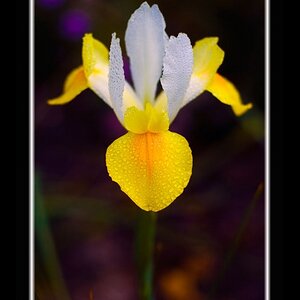
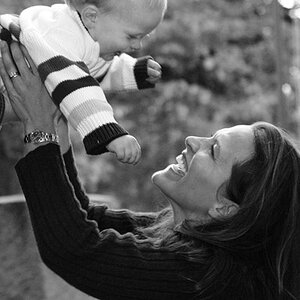
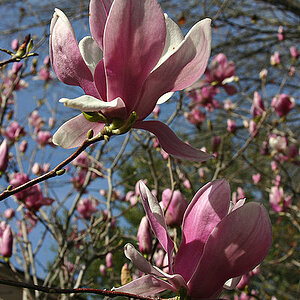
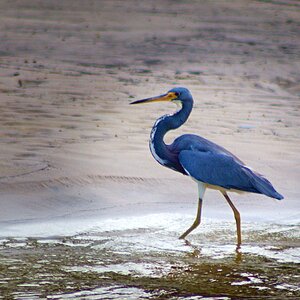
![[No title]](/data/xfmg/thumbnail/34/34127-a0d1223fcaca46821c9dace22d8f88c2.jpg?1619736298)
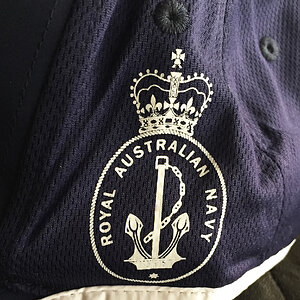
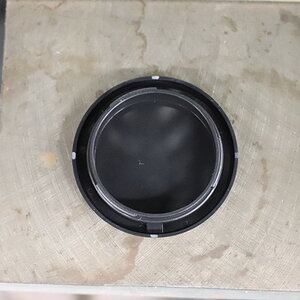
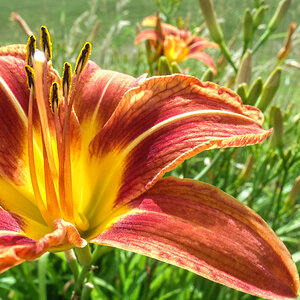
![[No title]](/data/xfmg/thumbnail/42/42060-f597479f8fd78d4bb4d17e7686fb0812.jpg?1619739996)
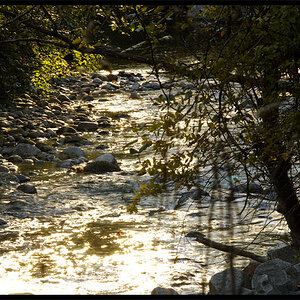
![[No title]](/data/xfmg/thumbnail/40/40308-f92e28f094216c151f3ad1fd7453c99b.jpg?1619739413)